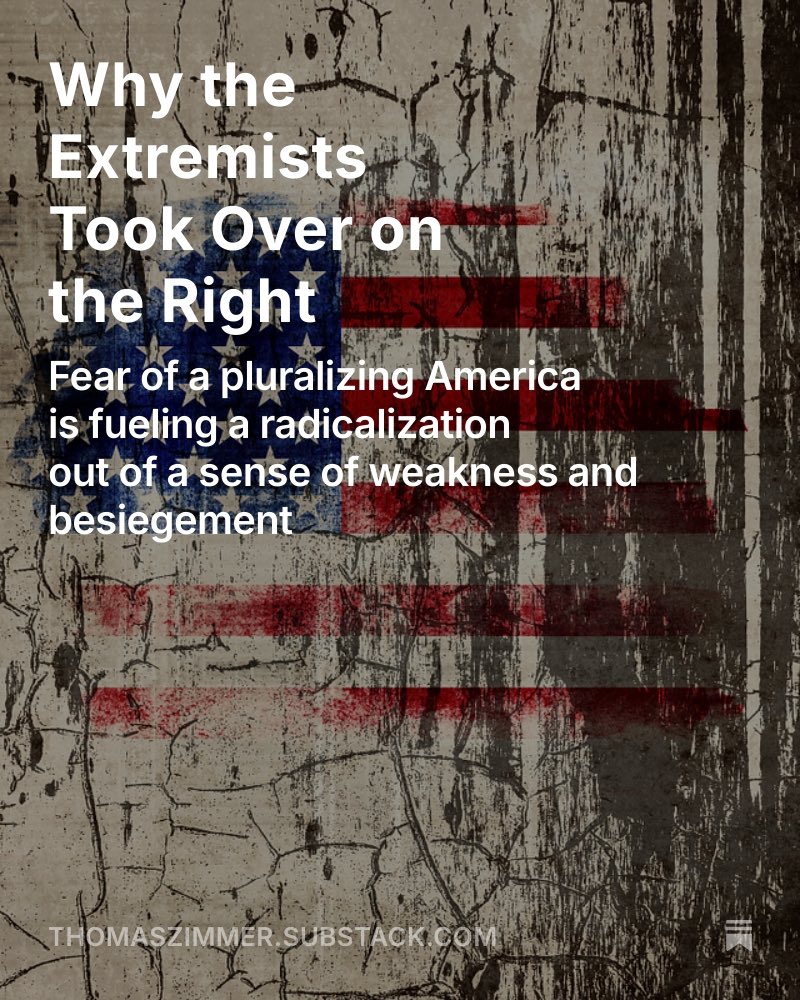I wrote a piece for @ModAmHist on the #polarization discourse, the larger implications of approaching the past through the prism of polarization, and the challenges of writing a pre-history of the (supposedly) “polarized” present. cambridge.org/core/journals/…
@ModAmHist I’m certainly not providing final answers in the piece – rather trying to engage in what I believe is an urgently needed debate on the limits and potential pitfalls of using #polarization as a governing historical paradigm (find the pdf here: cambridge.org/core/services/…)
@ModAmHist I’m extremely grateful to the editors at @ModAmHist who did a fantastic job helping me say what I wanted to say – and to the brilliant Brooke Blower, in particular: working on this piece with her was an absolute pleasure and a wonderful experience. #twitterstorians #polarization
@ModAmHist The piece also outlines a research agenda that aims to historicize the idea of #polarization; how it’s been theorized in the social and political sciences, employed by historians, and how it’s shaped the broader political discourse. Give it a read – it’s quite short! @ModAmHist
• • •
Missing some Tweet in this thread? You can try to
force a refresh






